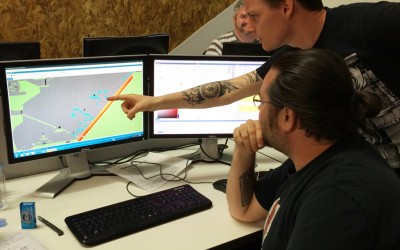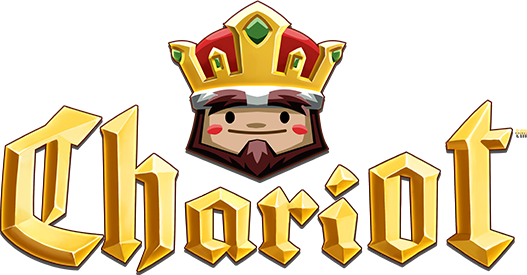
We want Chariot to be enjoyable by anyone and we mean it. From the start, it was intended as a game that seasoned players can play together with their friends and loved ones, especially those who don’t usually play games. Accessibility was an ever-present part of the development process; it was only natural to try and make sure that this cooperative experience could be enjoyed by as many players as possible. In Chariot, this accessibility manifests itself primarily via level design, game mechanics, controls, and feedback.
While the main path through each level can be handled by a single player, there are always alternate paths and secrets designed for two players. In the majority of these side paths, strategy can be used instead of raw reflexes, allowing players to work out a plan and carry it out at their own pace. Chariot enables this methodical cooperative play through its twin rope game mechanics. Each player can grab a rope, and both have the ability to anchor themselves to the ground to provide support and safety to their partner while they attempt the next jump or swing. Once the first player has reached a secure position, their partner can follow by climbing after them or swinging through the air to reach the next step. As for the controls, it was important from the start to allow players to remap them as they wished. Some players prefer different control schemes, while others need to use special controllers; hopefully all of them can enjoy the game without having to compromise on controls.
Finally, accessibility was always kept in mind when it came to designing the various signs and feedback found in the game. Successfully completing a challenge never requires the players to identify a color, and subtitles can be activated to ensure that everyone both can follow the story and spot audio clues in character dialogues.
A game is never perfectly accessible to everyone, but we’re confident that our efforts will mean that more players can experience Chariot, and that makes it all worth it.
